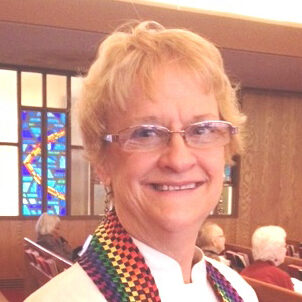Why a Three Year Plan is Easier Than Six Months
Many church leaders think it is so difficult just dealing with the crises of the next six months, they can’t imagine planning ahead for three or more years! But the truth is it’s easier to plan when we look further out in time, for at least five reasons:
1. Taking a longer view helps us get our head above water. Without planning, as the old saying goes, we’re so “up to our neck in alligators that we forget our original objective was to drain the swamp.” But when we take the long view, we can gather other resource people and materials to limit the reptiles, so we can take on the alligators one at a time.
2. We can plan for both change and stability. People do best when we do not try to change everything at once. By looking at yearly cycles, we can remember community and all-church events, and assess how many people we need to prepare and publicize them. We can also coordinate our efforts by connecting with other leadership groups in the church during the early planning stages.
3. It prompts us to plan in the context of the whole church and of the congregation’s mission. Just because our team is excited about stewardship doesn’t mean it will stir everyone’s heart. A three-year plan reminds us to make our decisions as part of a whole church family with many different activity areas. It also urges us to make our case for the importance of stewardship as it relates to this congregation’s specific vision.
4. A three-year plan urges us to introduce different aspects of stewardship. With so many dimensions of stewardship of the gospel, an ongoing three-year plan gives us time to introduce one new element (perhaps in a workshop, worship series theme, newsletter article, display or special speaker) every quarter or six months according to how it will fit into the congregation’s ongoing programs. We can begin with areas of clearly expressed interest and need, and progress to stewardship areas that are less-known or more challenging to our local church members.
5. A multi-year plan prompts us to reinforce and build upon our stewardship learnings. A plan gives us both focus and direction, so we provide opportunities to grow as stewards. Each time we plan and publicize an event or share through the written word, we are building upon the aspects of stewardship we have taught before. When we finish our Year One, the plan advances and we set a course for our new Year Three. Stewardship education is like planting seeds: we are always planting and encouraging new growth.
Betsy Schwarzentraub


